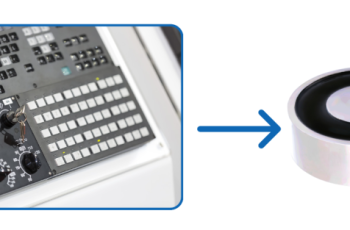Elaplus Application Case: Thermal Insulation and Sealing Solution for Contactor Electronic Coil
In industrial control and power systems, contactors, as key electrical components, have long been responsible for high-frequency switching and high current carrying tasks. Its internal electronic coils not only require stable electrical performance, but also must balance thermal conductivity, protection, and reliability. How to choose the appropriate sealing adhesive has become the key to ensuring the long-term stable operation of the contactor. Thermal conductivity sealing of contactor electronic coilApplication Challenge The contactor electronic coil faces the following technical difficulties during use:Long term temperature resistance performance: It needs to work for a long time at -40 ℃~85 ℃ to ensure no cracking or failure.Double 85 reliability: After 14 days of high temperature and high humidity testing at 85 ℃/85% RH, it still needs to maintain stable performance without bulging or delamination.Efficient thermal conductivity: Electronic coils generate heat during operation and require a thermal conductivity of ≥ 1.5 W/m · K to effectively reduce temperature rise and improve service life.Cost and scalability: While meeting performance requirements, it is necessary to balance cost-effectiveness for large-scale application and promotion.Recommended solution – PUR 6650 (1.5W) thermal conductive sealantFor the special requirements of contactor electronic coils, it is recommended to use PUR 6650 (1.5W) two-component polyurethane sealant. Compared to epoxy systems, this product has better flexibility and cost advantages, making it particularly suitable for large-scale promotion and application.Product FeaturesExcellent temperature resistance: Long term operation in an environment of -40 ℃~85 ℃, stable performance.Double 85 verification passed: tested for 14 days under high temperature and high humidity conditions of 85 ℃/85% RH, it still maintains excellent insulation and adhesion.High thermal conductivity: thermal conductivity of 1.5 W/m · K, effectively dissipating coil heat and reducing temperature rise.Environmental safety: low odor, low VOC, compliant with ROHS and REACH regulations.Excellent process adaptability: It can be machine glued or manually mixed,…
More









